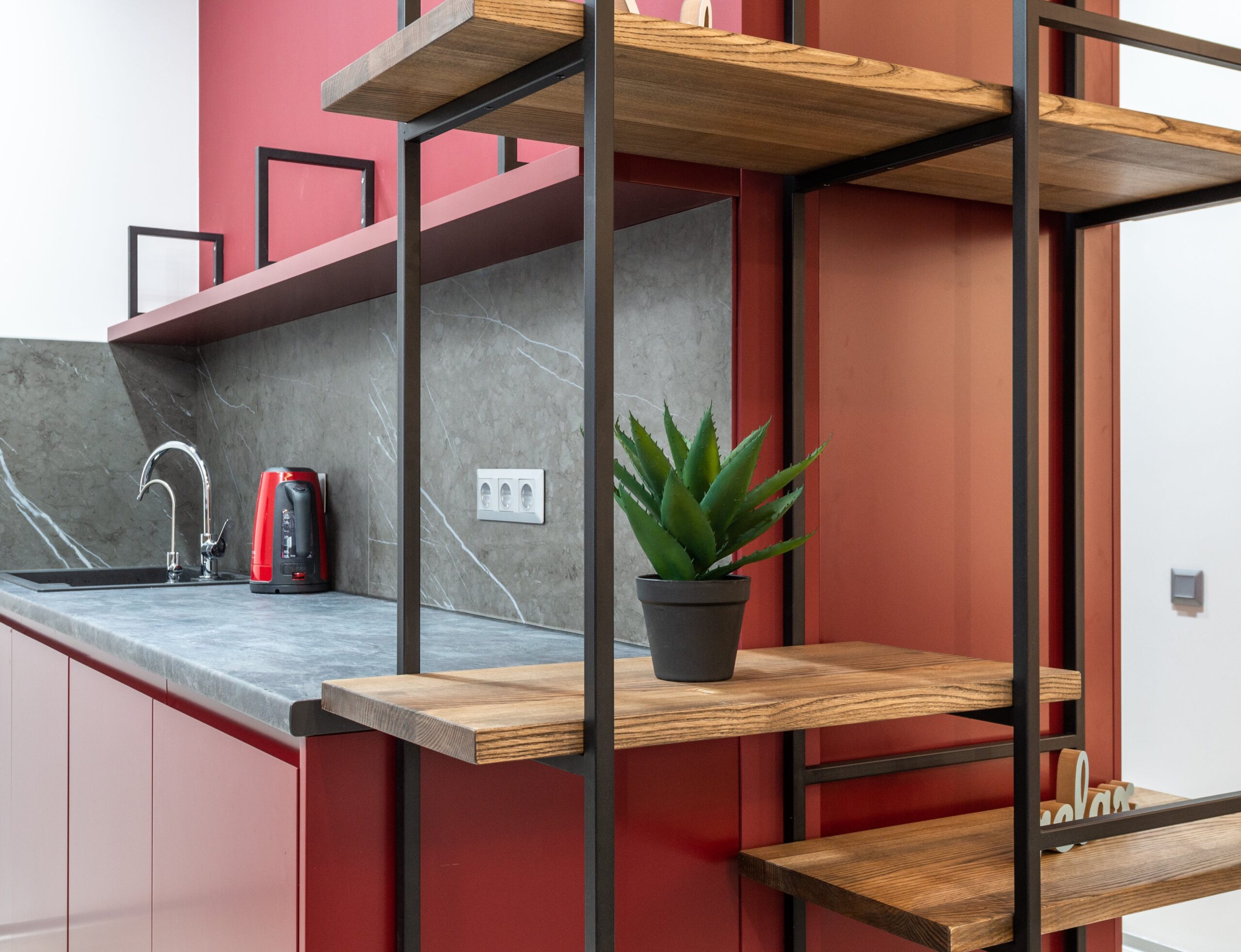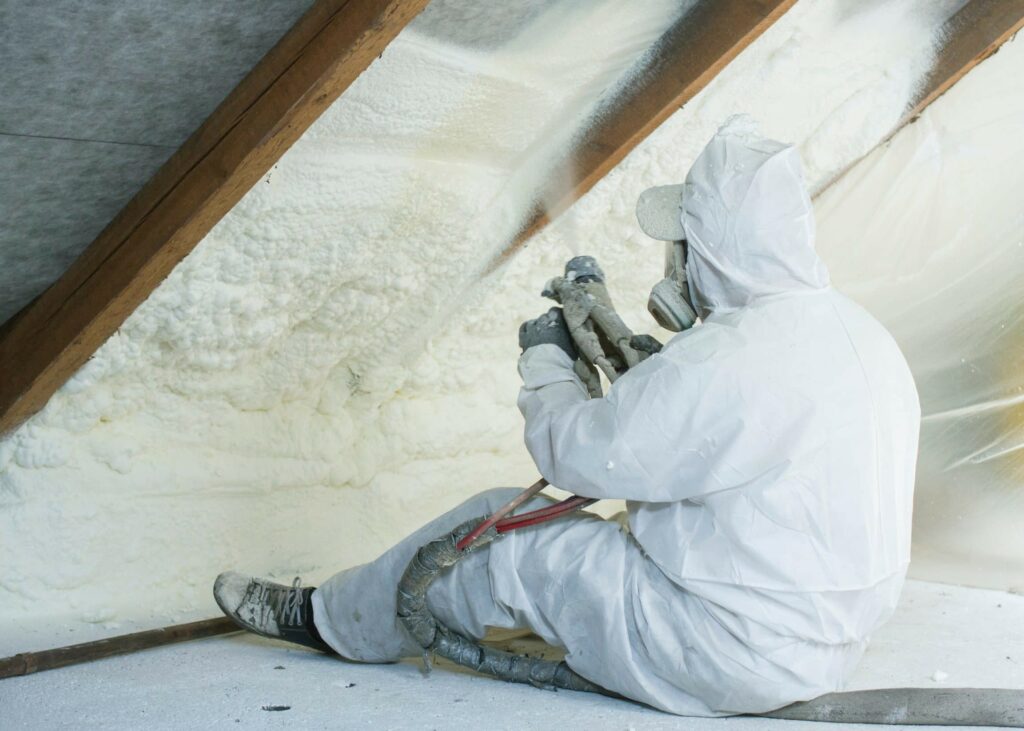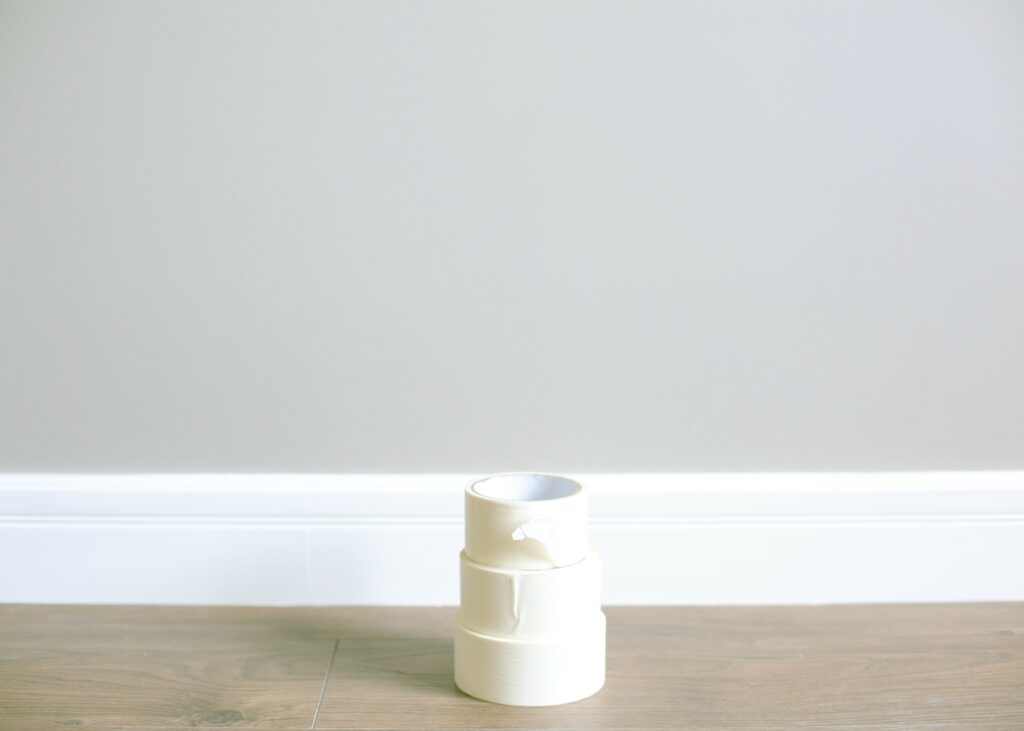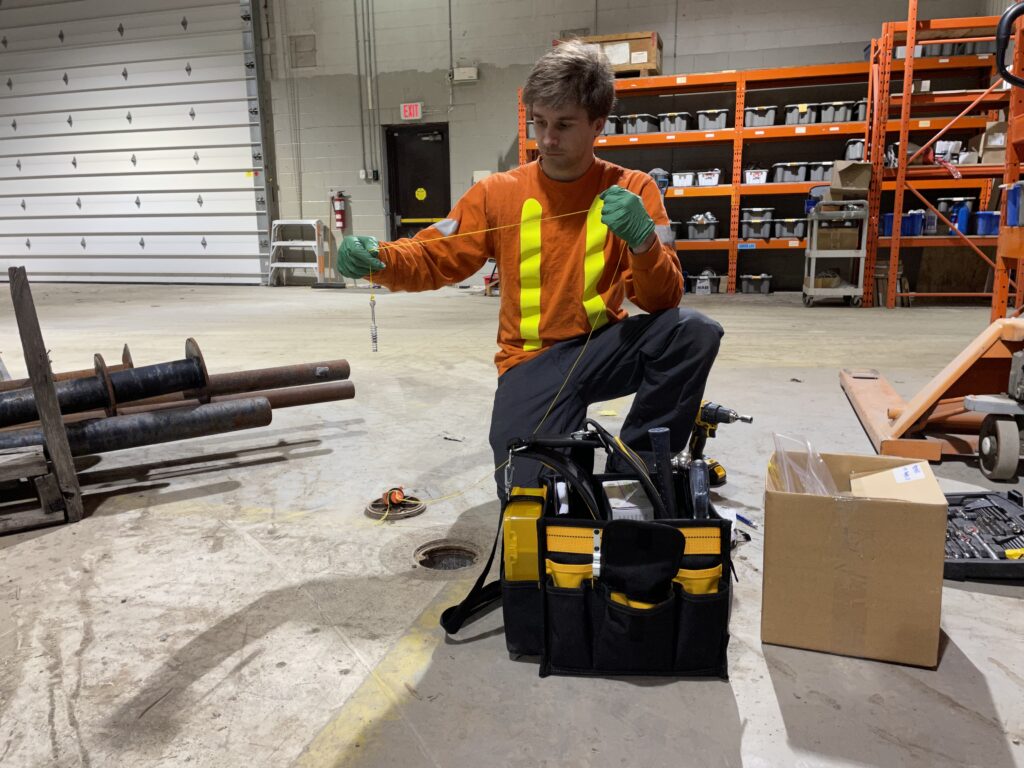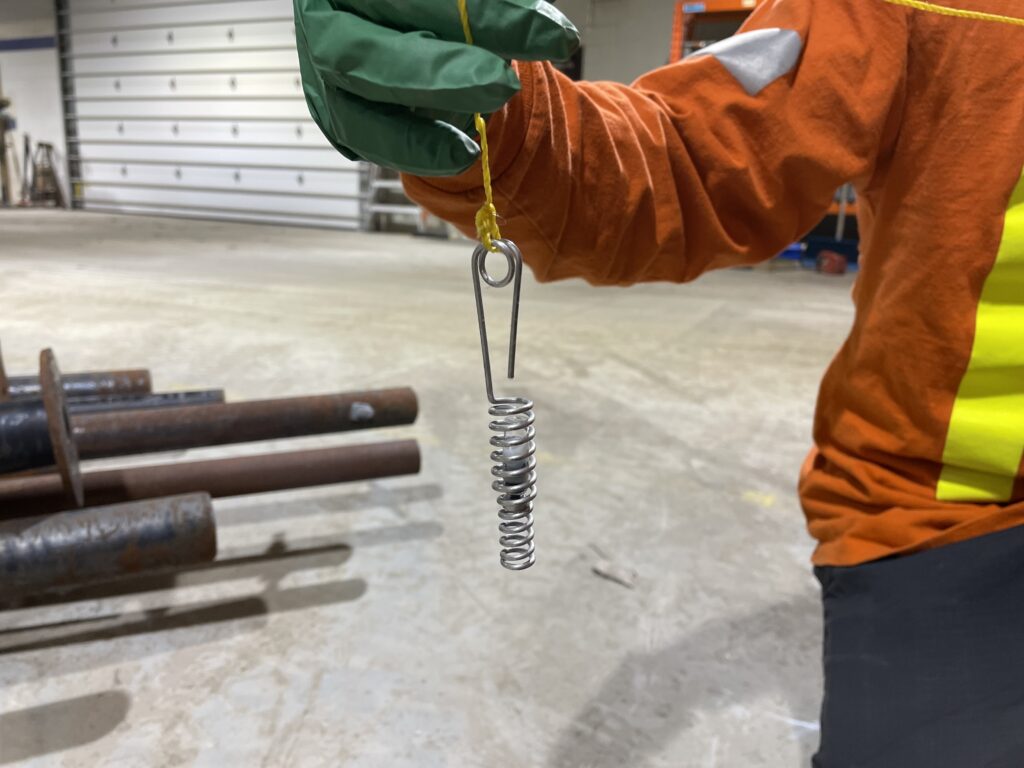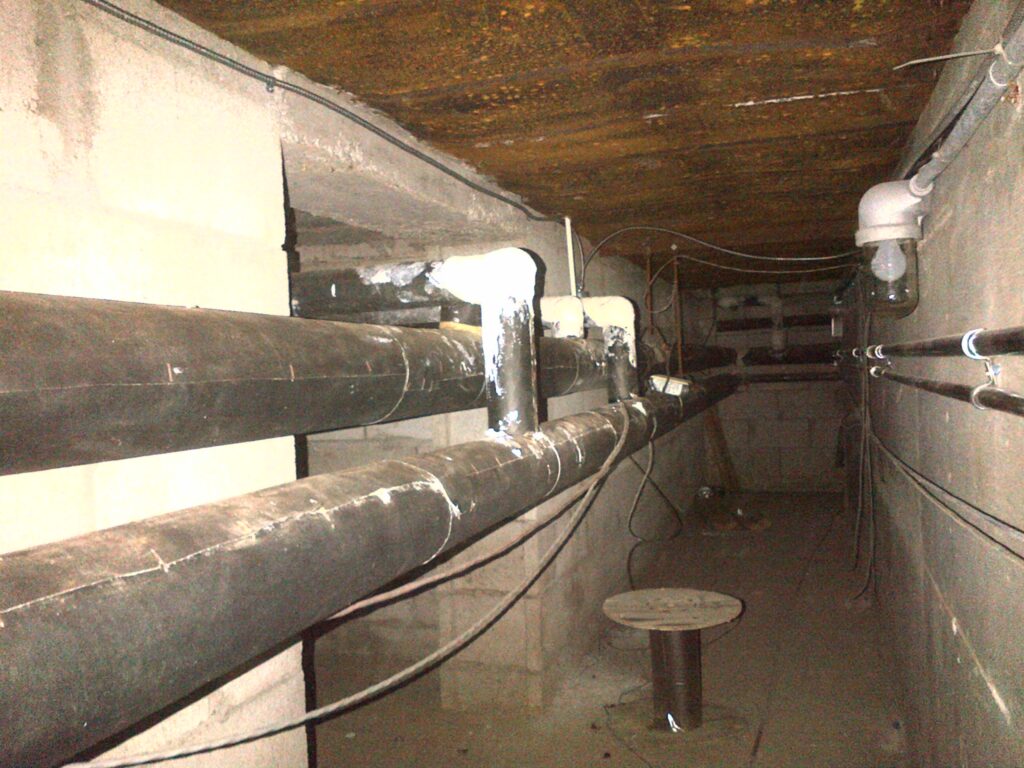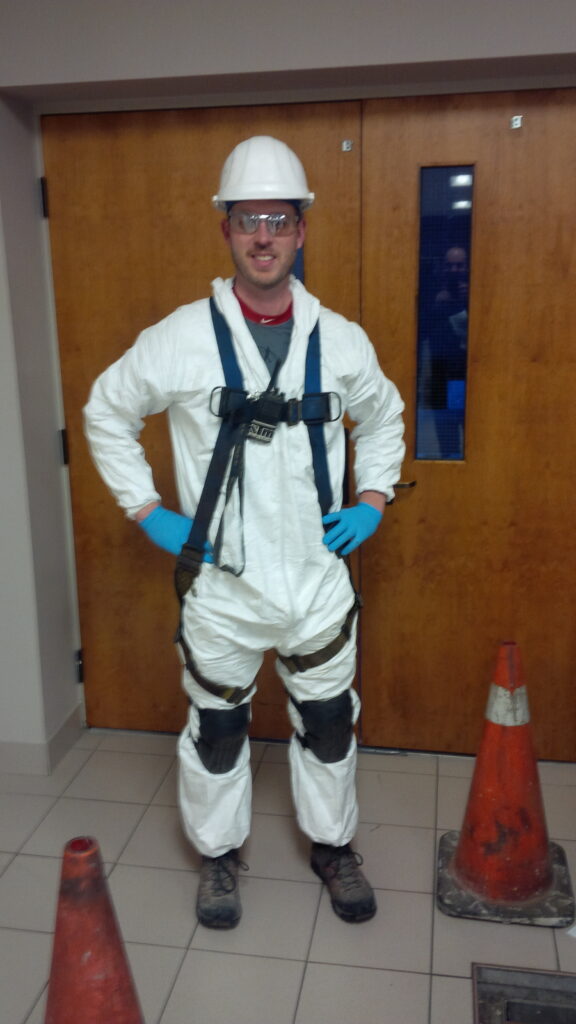As we approach a new year, our understanding of wellness is evolving, influencing the way we design our living and working spaces. The wellness design trends of 2024 are steering our homes and offices toward a future where health and productivity coexist seamlessly. Whether it’s real-time IAQ sensors ensuring the purity of our home and office air or thoughtfully designed event spaces fostering community in the workplace, these trends are a testament to creating environments that prioritize well-being. As we embrace these innovations, we move closer to a world where our surroundings actively contribute to our physical and mental health. Let’s delve into the upcoming trends that promise to shape our environments for the better.
Real-time Indoor Air Quality (IAQ) Sensors
In 2024, our homes and offices can become smarter and healthier with the integration of real-time IAQ sensors. These sensors constantly monitor the air quality, providing instant feedback on pollutants and suggesting improvements. This technology ensures that the air we breathe at home and at the office is as clean and fresh as possible, promoting a healthier living environment for everyone.
Smart Lighting Systems
Intelligent lighting systems are becoming integral to office wellness design and have grown in popularity. These systems adjust the lighting based on circadian rhythms, promoting better sleep patterns and overall health. Implementing such technology not only enhances the visual appeal of the workspace but also positively influences a person’s well-being.
Biophilic Design Elements
Taking center stage in both homes and office spaces, nature-inspired design is a prevailing trend. Biophilic design seamlessly incorporates natural elements like indoor plants, abundant natural light, and sustainable materials to curate a harmonious and calming atmosphere. This design philosophy not only elevates aesthetics but also actively promotes mental well-being by establishing a profound connection between residents and the natural world.

Adaptable and Multi-functional Spaces
The concept of versatile spaces is gaining widespread popularity. Furniture and layouts that seamlessly adapt to various activities ensure that both homes and offices are optimized for both work and leisure. The strategic design of common spaces, prioritizing relaxation, social interaction, and rejuvenation, contributes significantly to a positive work environment. Inviting features such as comfortable seating, ample natural light, and greenery cultivate spaces that encourage collaboration and provide mental refreshment.
Event Spaces for Health and Team-building
Departing from the conventional office setup, 2024 witnesses the ascent of designated event spaces designed to promote health and team-building activities. Whether it’s a yoga studio or gym space at home or the office, or engaging wellness workshops, these spaces actively encourage employees to take breaks, recharge, and foster a sense of community within the workplace.
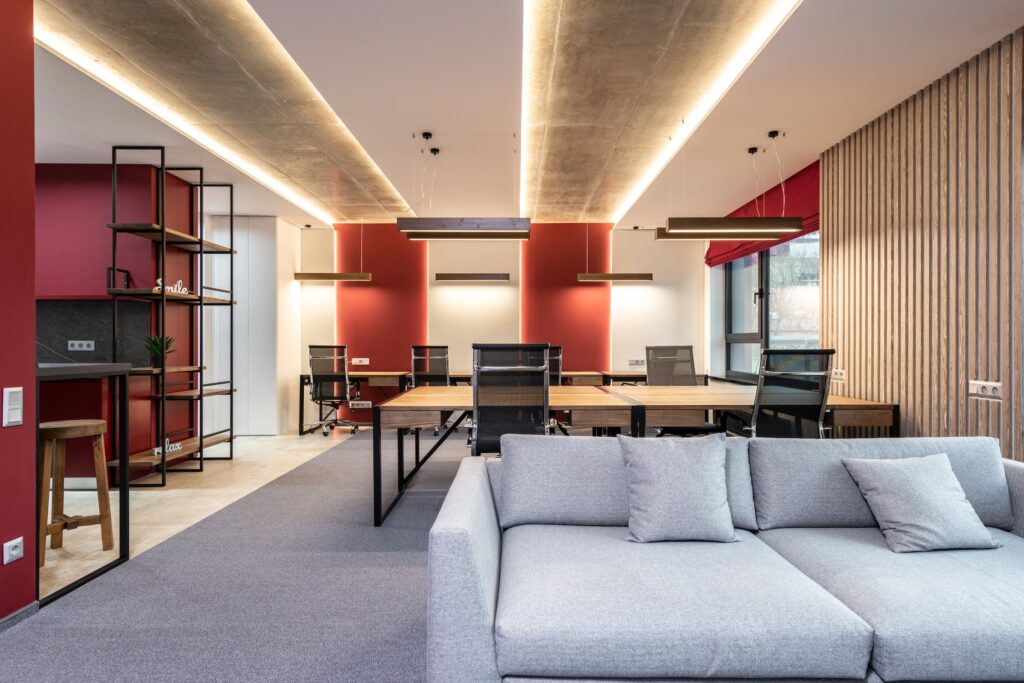
In essence, the wellness design trends of 2024 are propelling our homes and offices toward a future where health and productivity coalesce seamlessly. Whether it’s the real-time IAQ sensors ensuring the purity of the air in our homes and offices or the thoughtfully designed event spaces fostering a sense of community in the workplace, these trends underscore our commitment to creating environments that prioritize well-being. As we embrace these innovations, we are moving closer to a world where our surroundings actively contribute to our physical and mental health.


